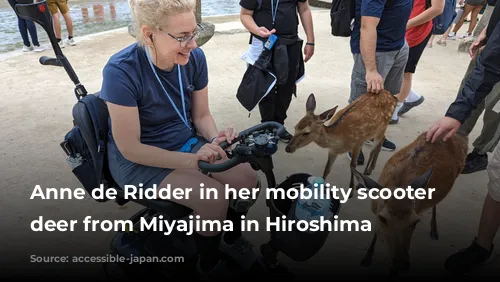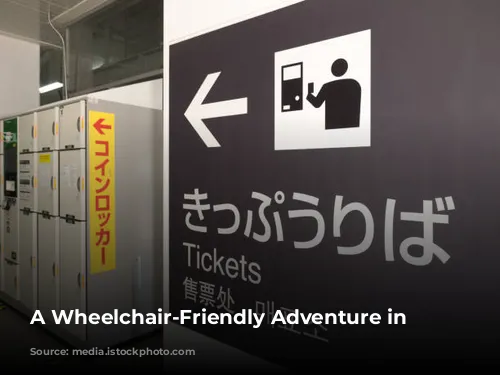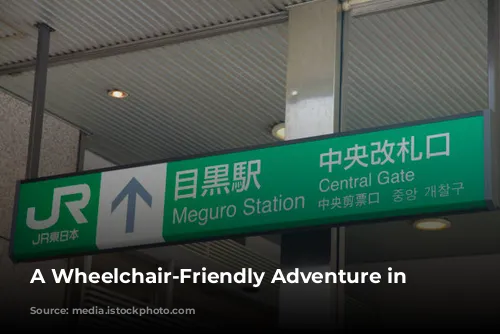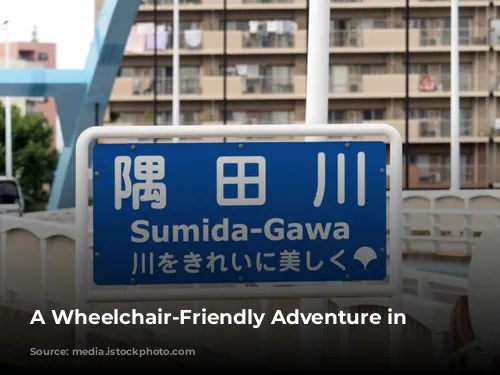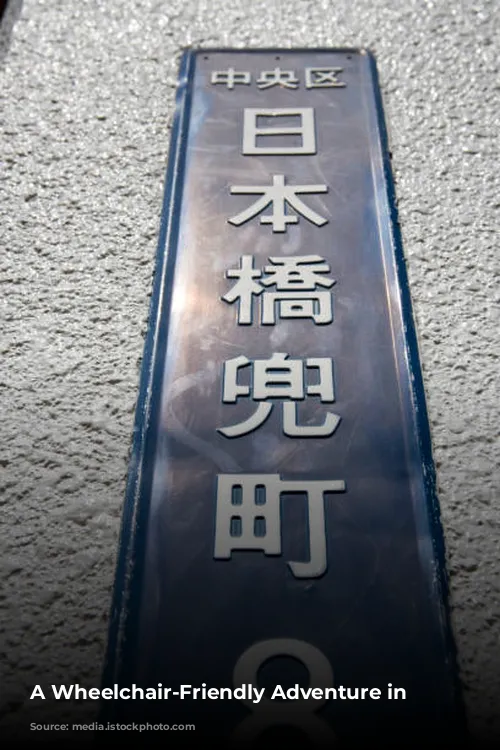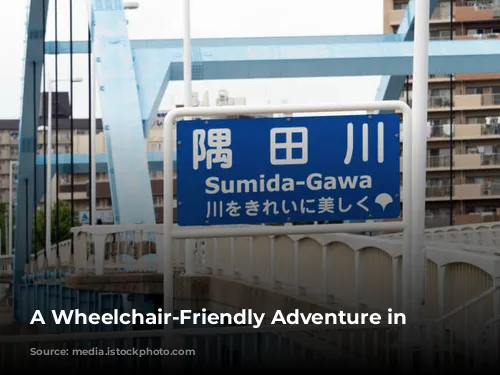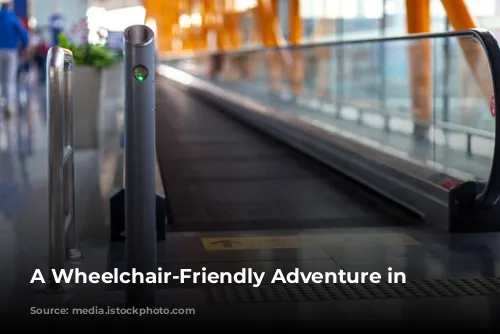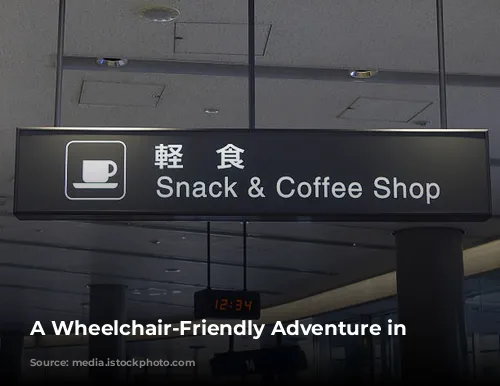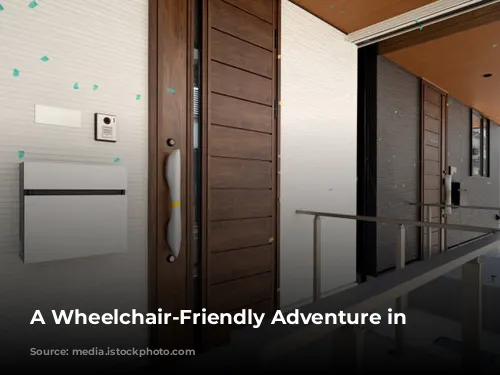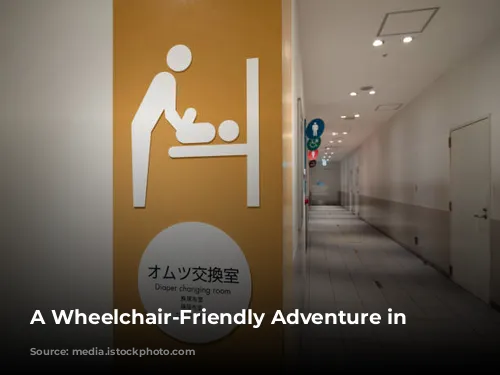It’s true what they say: Japan is a land of contrasts. One moment you feel like you’re stepping into a familiar world, and the next, you’re swept away by a culture that’s utterly unique. My recent trip to Japan, a first for me and my three-wheeled Pride GoGo Traveller Elite mobility scooter, was a whirlwind of discovery and joy. I was eager to experience the vibrant culture, but I had my concerns about navigating the bustling streets. Would Japan be truly welcoming for someone like me? My worries were quickly allayed.
This trip, a long-held dream, materialized amidst a “seize the day” spirit. My mobility, impacted by multiple sclerosis, won’t improve, but I was determined to explore the world. Joining a nine-day educational tour with my husband and son, we embarked on a journey that would take us through Tokyo, Yokohama, Hiroshima, and Osaka. Our adventure involved various modes of transportation, including planes, buses, high-speed trains, ferries, and even boats. I was pleasantly surprised to find that each city and site we visited embraced accessibility. The thoughtfulness and ease of movement I encountered were truly remarkable.

Navigating Japan’s Accessibility
The convenience and accessibility we experienced throughout Japan were truly remarkable. I’ve summarized some of the key highlights:
-
Transportation: Our tour bus handled most of our travel between major destinations. While I didn’t get a chance to use taxis, ride-sharing services, or local public transportation, the bus provided a comfortable and accessible experience.
-
Hotel Accommodations: I didn’t specifically request an accessible room at any of our hotels, and while the bathtubs had high sides, making it a bit tricky to get out, the elevators and hallways were spacious and easy to maneuver. I could effortlessly roll my scooter into the entrance of our room every night, making for a convenient and enjoyable stay.
-
Sidewalks and Shopping Malls: The sidewalks in Japan were wide and accessible, with thoughtfully designed curb cuts that allowed for smooth transitions. The shopping malls were incredibly well-equipped, offering dedicated priority elevators for those needing extra space and time. I was pleasantly surprised by the considerate behavior of people, offering priority access to these elevators and others we encountered.
-
Attractions and Public Bathrooms: Every attraction we visited had well-marked accessible entrances and pathways. The dedication to accessibility was evident with the presence of docents and staff ready to assist visitors with special needs. The availability of clean and fully accessible public restrooms throughout the city was a welcome surprise.
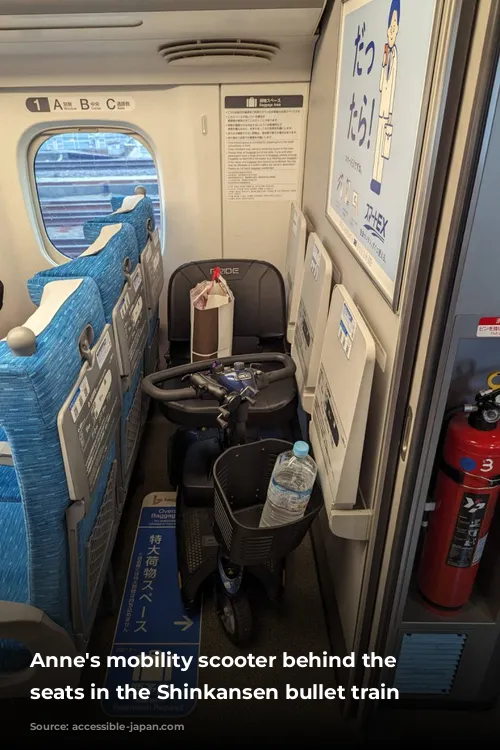
Taking Flight with My Scooter
Air travel is often a source of anxiety for wheelchair users, but with a bit of preparation, it’s manageable. Here are my tips for navigating airports and flying with your scooter:
-
Communicate with Your Airline: At least two days before your trip, inform your airline about your scooter and ensure it’s registered for all legs of your journey.
-
Special Assistance Ticketing: Upon arrival at the airport, visit the special assistance ticketing desk for your airline. They will tag your scooter for the trip and provide information about boarding and retrieval procedures. Be prepared to provide your scooter’s dimensions, weight, and battery details.
-
Connecting Flights: If you have a connecting flight and need your scooter during a layover, inform the airline. They will ensure it’s ready for you when you disembark.
-
Pre-Boarding: Check in at your gate about 30 minutes before your flight. The gate agents will review your scooter tags, request your scooter details, and call you for pre-boarding. You’ll typically be allowed to ride your scooter right up to the plane door. In most cases, you may need to disconnect the battery, but you won’t have to take it on the plane. Your tagged scooter will be transported separately, either on the plane or in a crate.
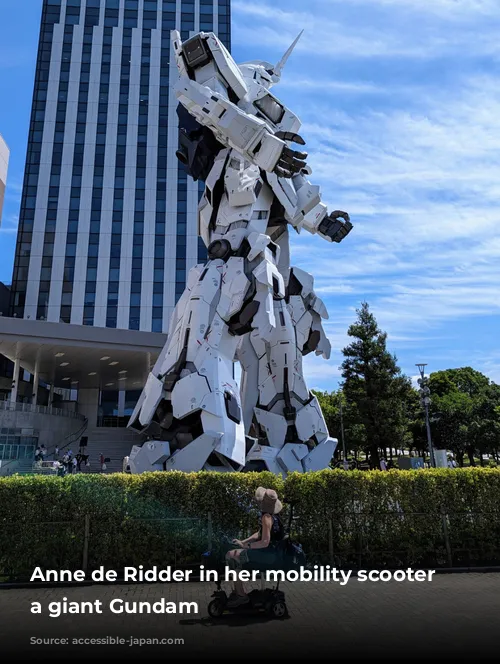
Navigating the Bullet Train
Traveling on Japan’s iconic bullet train, the Shinkansen, was an adventure in itself. Here are some observations about accessibility on the bullet train:
-
Mobility Scooter Access: You can drive your scooter on the main levels of each station but not on the platform level where the trains are located. You can stay on your scooter while on the platform but will need to be manually pushed.
-
Getting On and Off the Train: There’s a limited time to board and disembark, but it becomes a smooth process after the initial experience. Be sure to reserve your seats in advance.
-
Accessible Car: The bullet train has a designated accessible car, and some seats in other cars have extra storage space. While I didn’t have the chance to use the accessible car, I was able to easily roll my scooter into the extra storage area in my reserved seat.

A Journey of Discovery and Inspiration
Traveling with a mobility scooter was a new experience for me, filled with a mix of excitement and apprehension. But the trip to Japan far exceeded my expectations. It was an inspiring journey of discovery, proving that travel is accessible to everyone, regardless of physical limitations.
I encourage anyone considering travel with a mobility scooter to give it a try. Japan, with its remarkable accessibility and welcoming culture, is a wonderful place to start. You’ll find that the world is full of possibilities, waiting to be explored.
